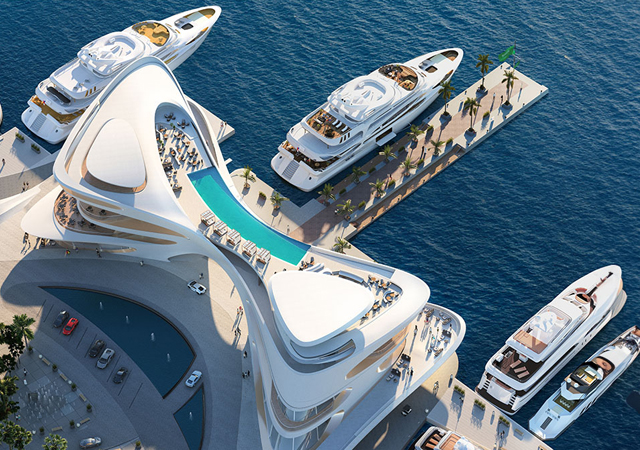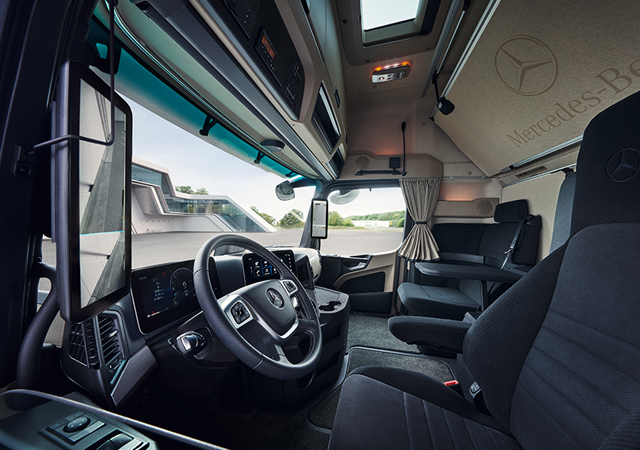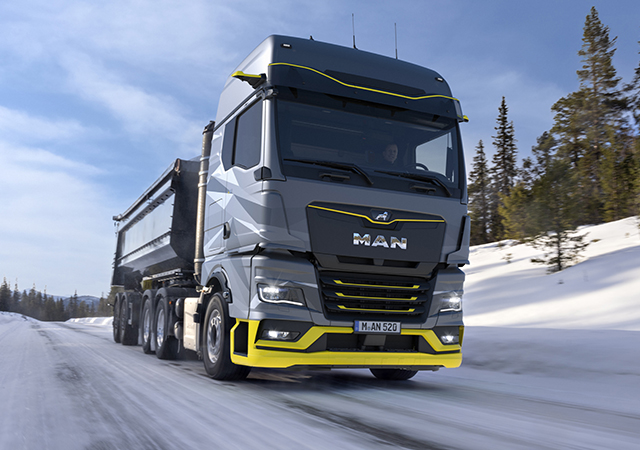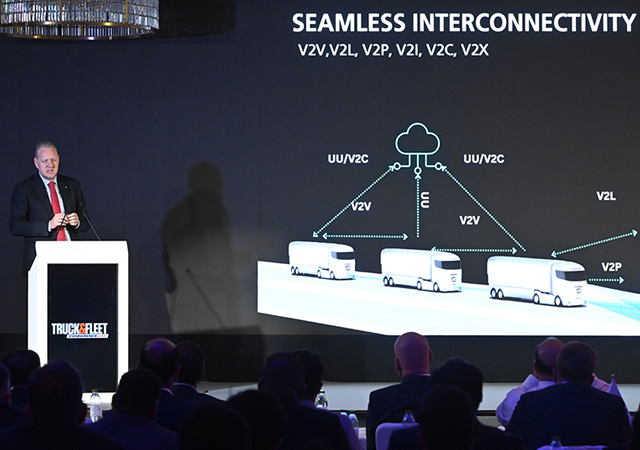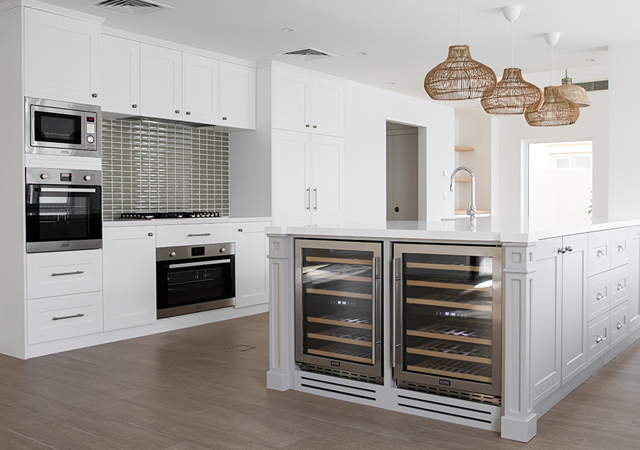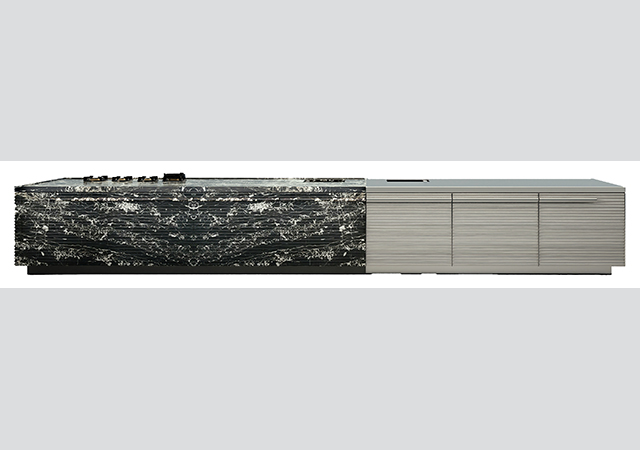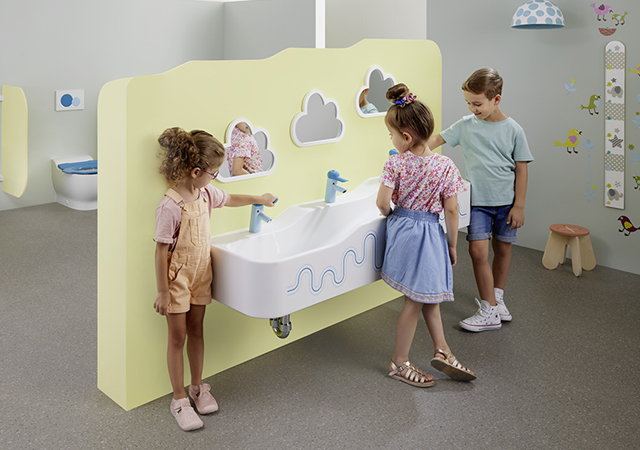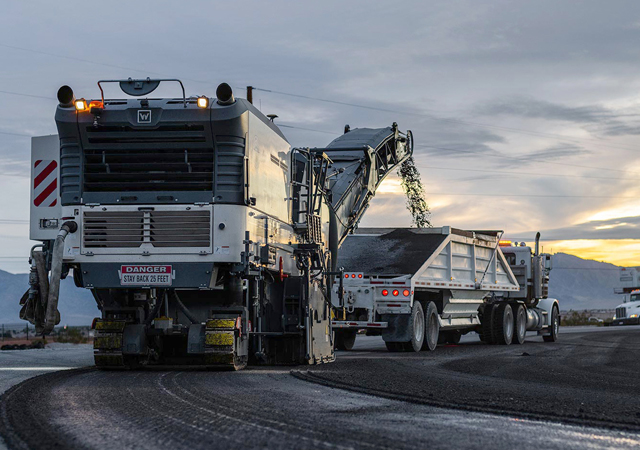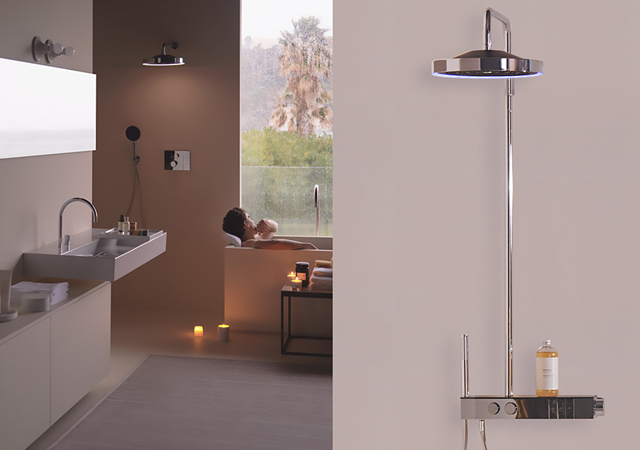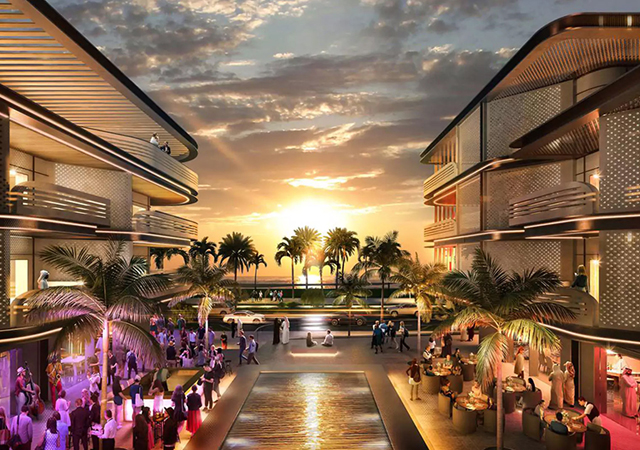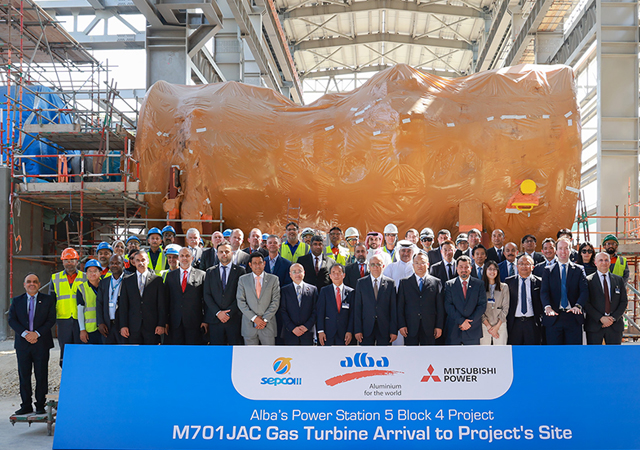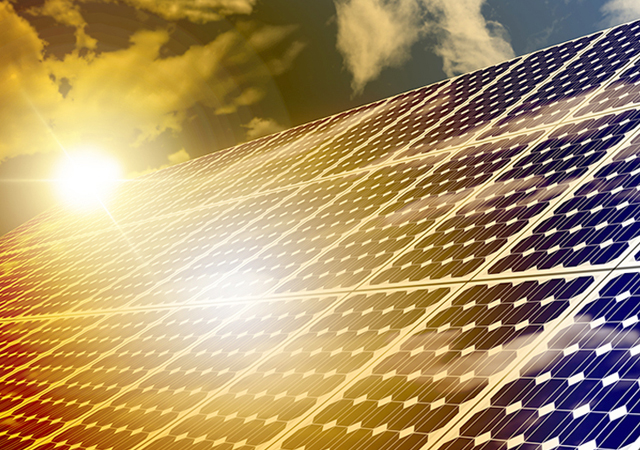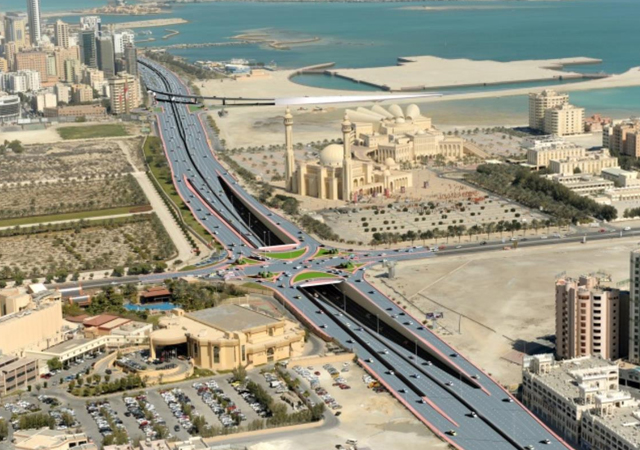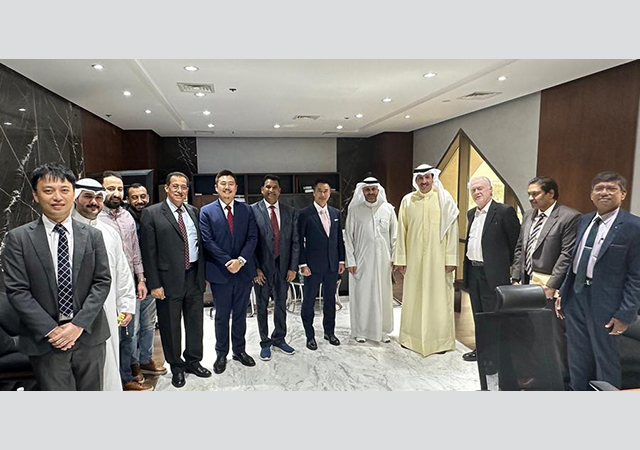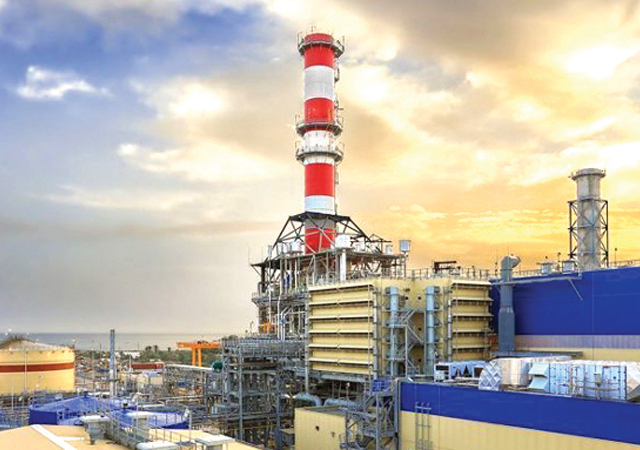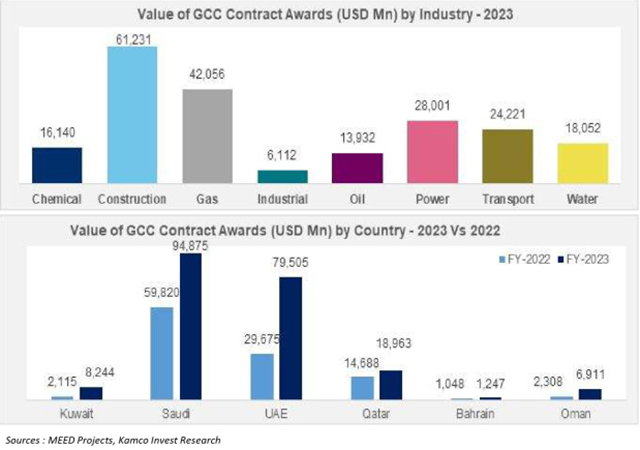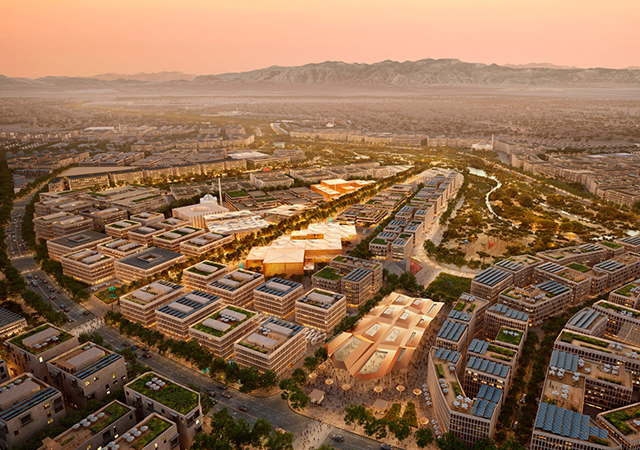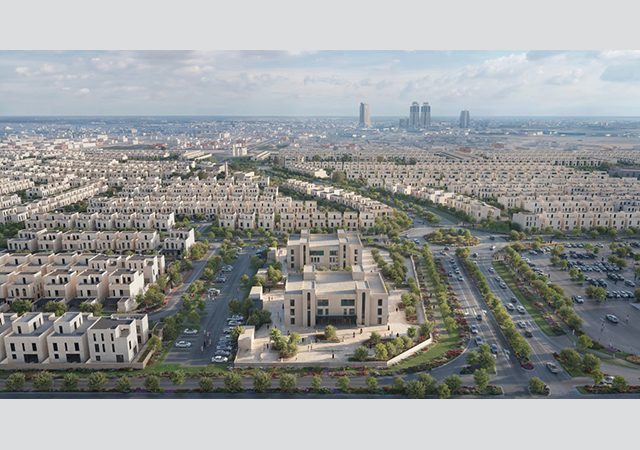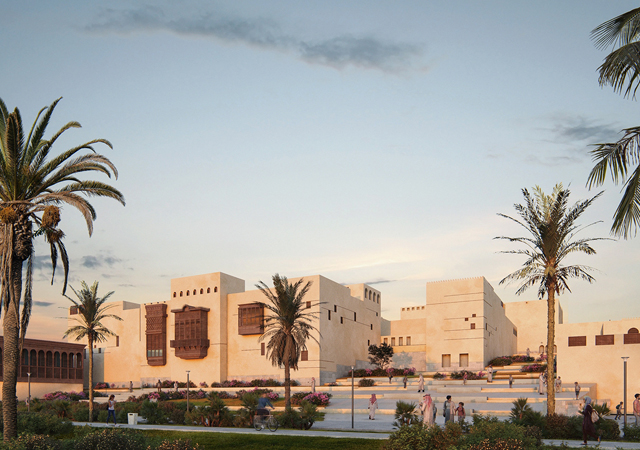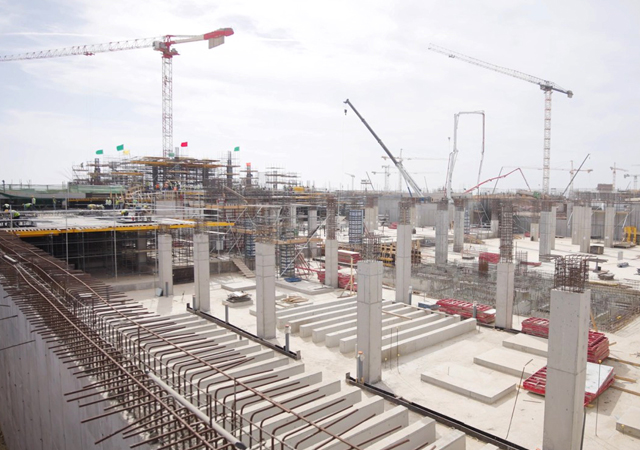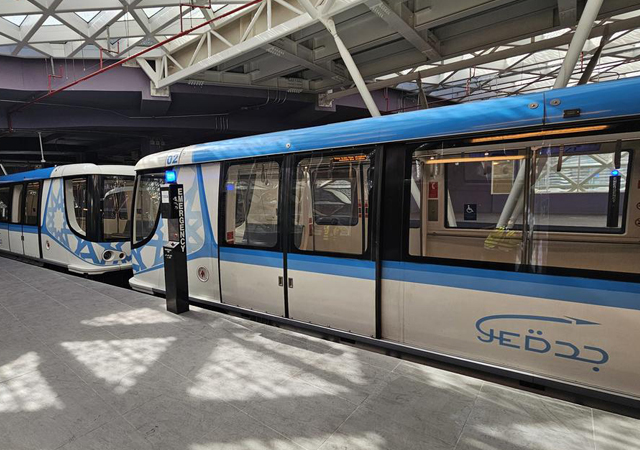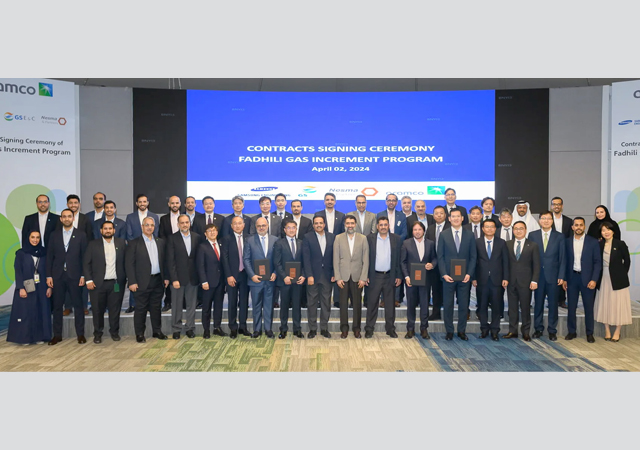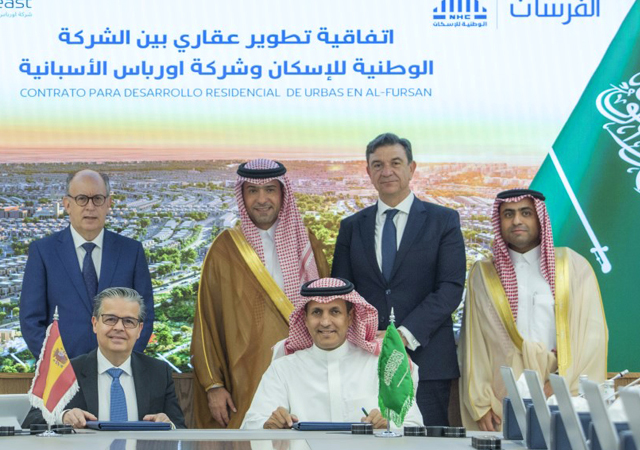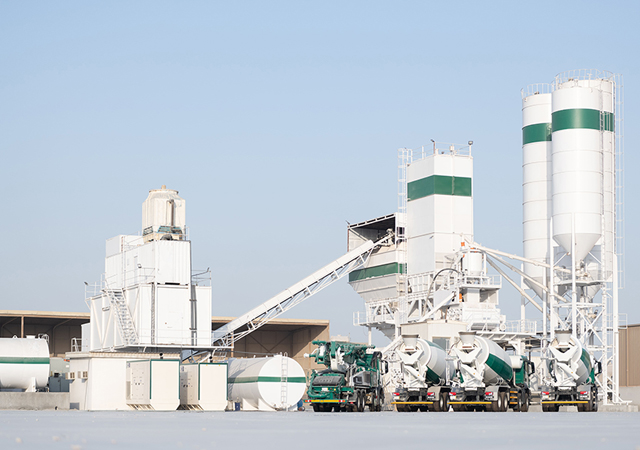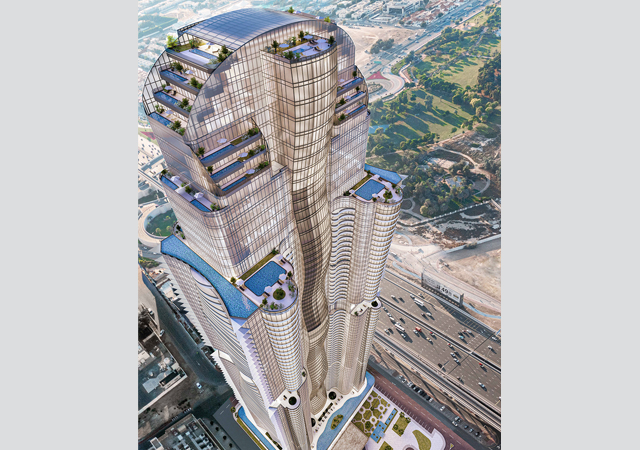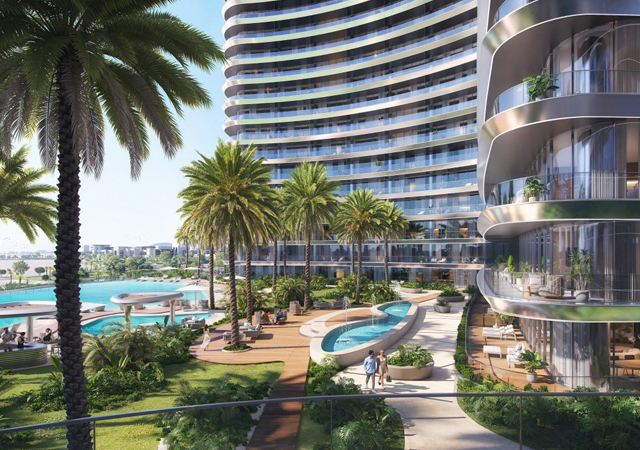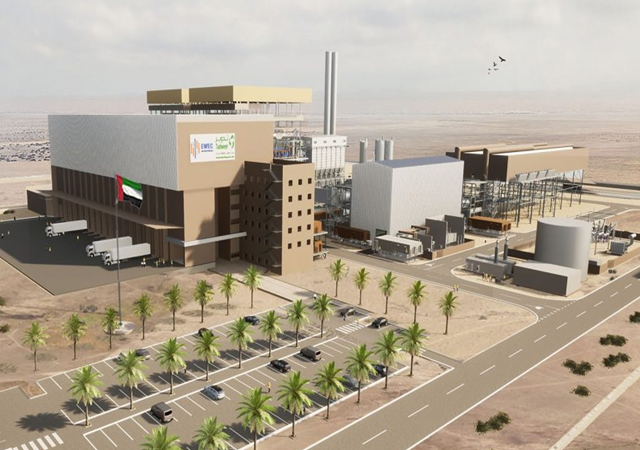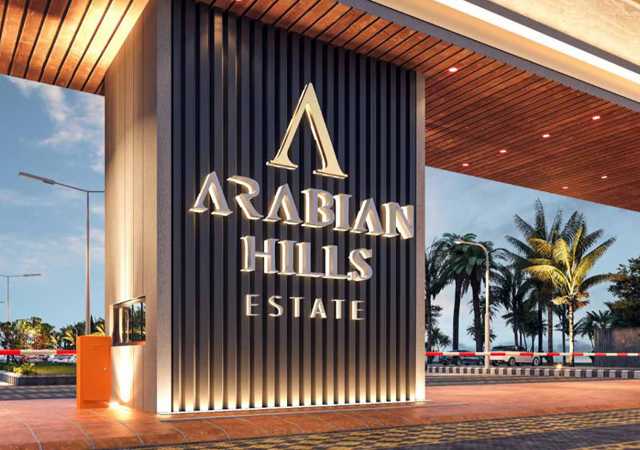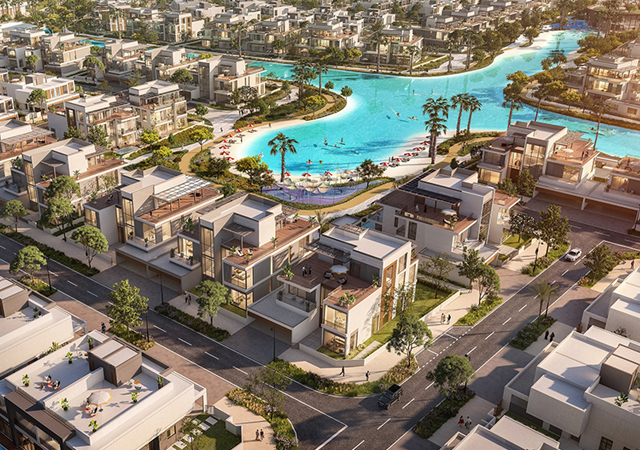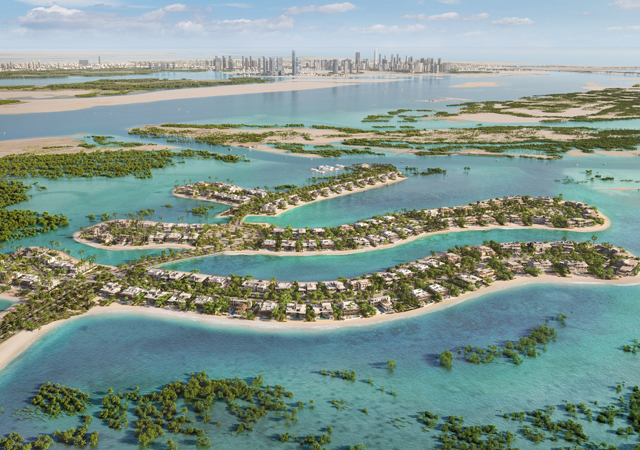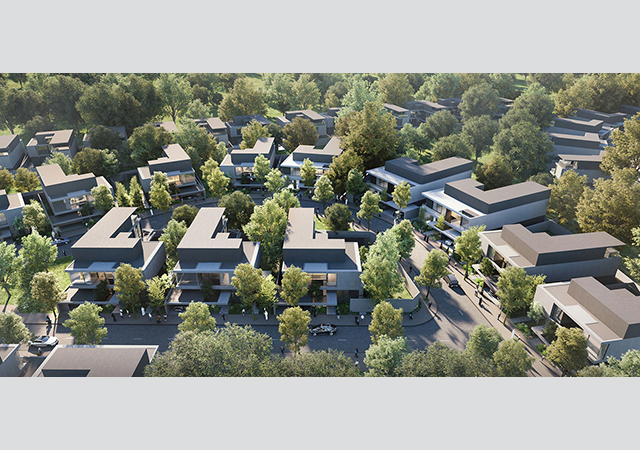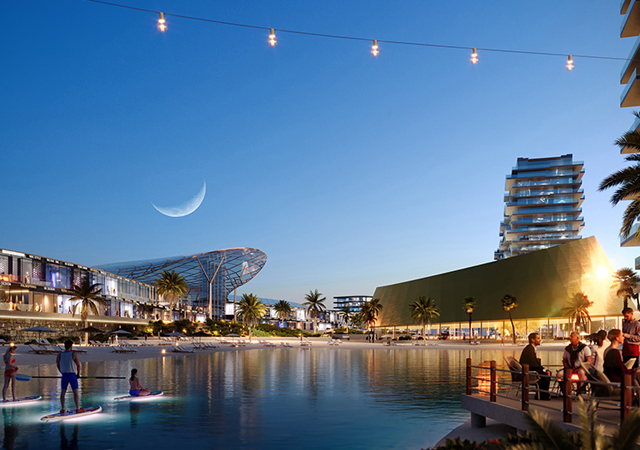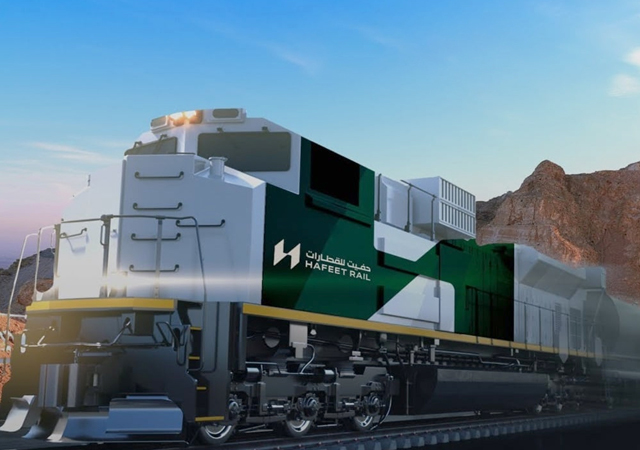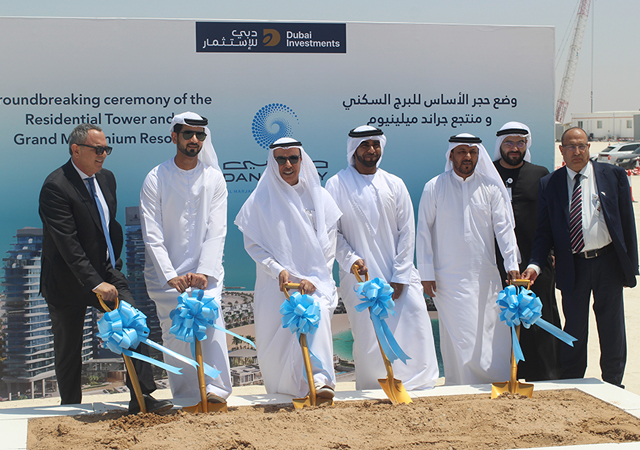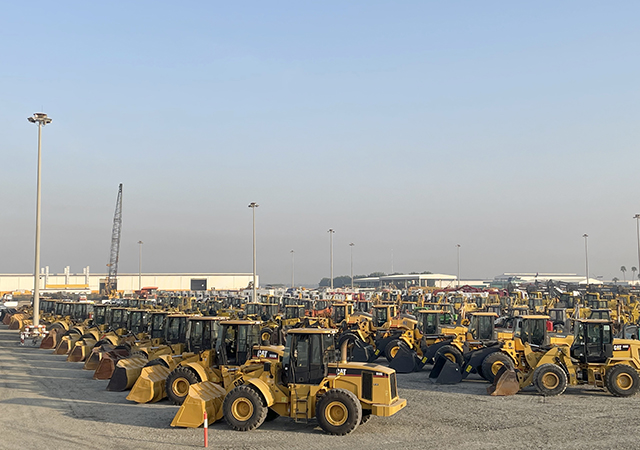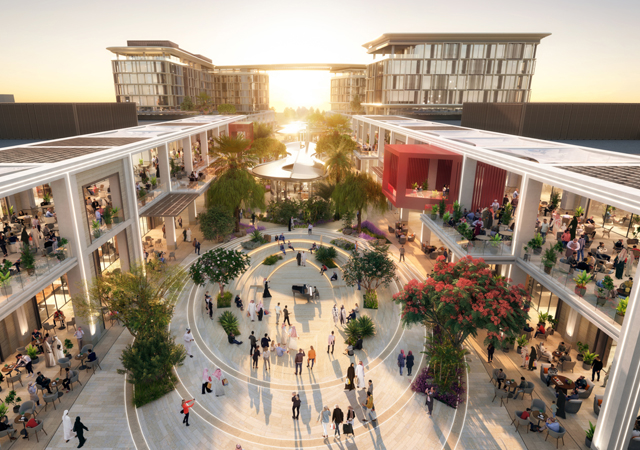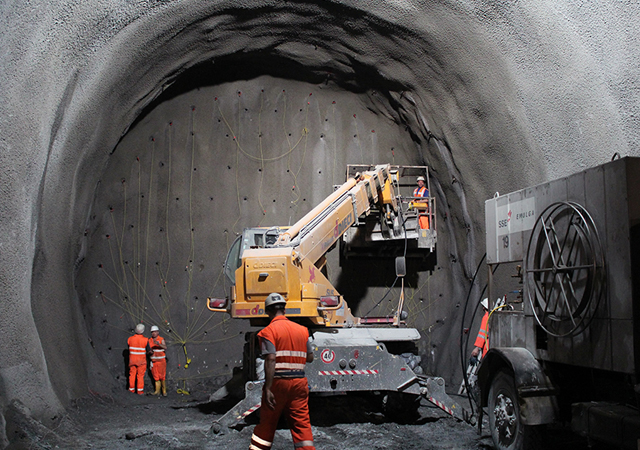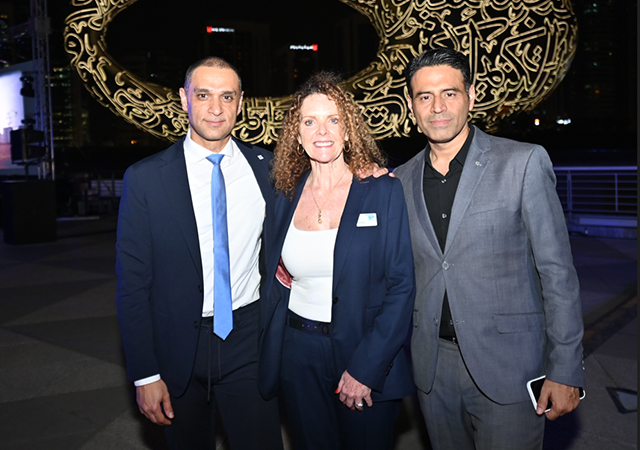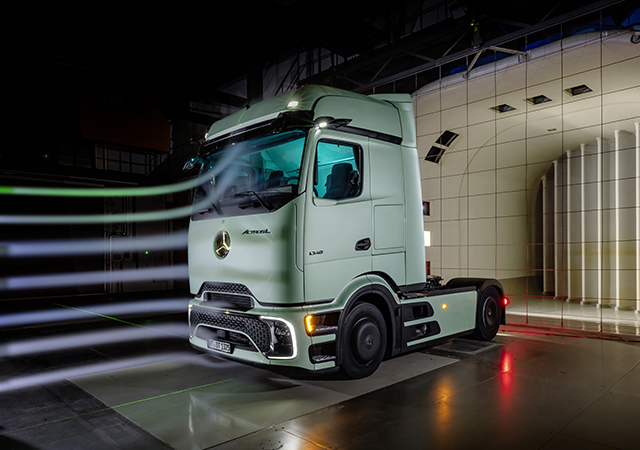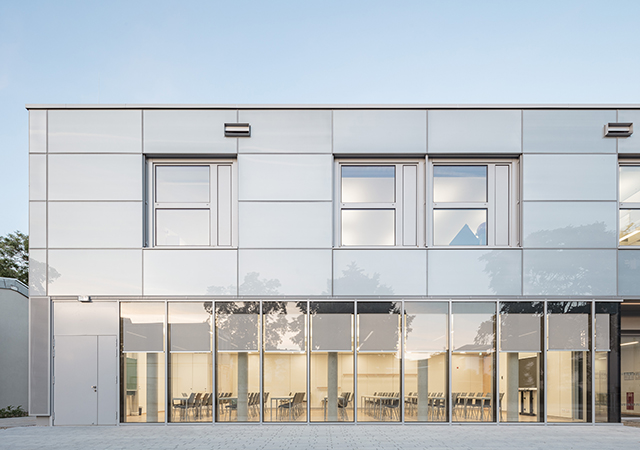
 Kindelan ... it is wise to design facades that can be retrofitted every few decades.
Kindelan ... it is wise to design facades that can be retrofitted every few decades.
Since the successful conclusion of COP21 in Paris, aimed at constraining global warming to well below 2 deg C (preferably 1.5 deg C) via nationally determined contributions (NDCs) and international collaboration, the construction sector has been actively engaged in curtailing carbon emissions. Major global enterprises have committed to augmenting their utilisation of renewable energy sources while diminishing carbon footprints.
This paradigm shift towards prioritising building optimisation for carbon footprint reduction has inevitably led to the recognition of the vital role that facades play in the efforts towards carbon emission minimisation. The incorporation of high-performance facades and early integration of energy-efficiency strategies in designs can markedly reduce energy consumption, thus mitigating operational carbon emissions. Moreover, addressing embodied carbon emissions is imperative for realising the objective of phasing out fossil fuel emissions by 2050.
Over the past several decades, the facades industry has been focused on minimising the operational carbon emissions of buildings by improving the thermal efficiency of building envelopes. This sector has undergone significant evolution in the past 80 years, marked by milestones such as the introduction of the first double-glazing unit in 1945. Since then, the industry has made remarkable strides in facade technology, with advancements in insulation materials, specialised glass coatings, weather membranes, vapour barriers, thermally broken systems, and more. Each innovation is geared towards a common goal: reducing the operational carbon footprint of buildings.
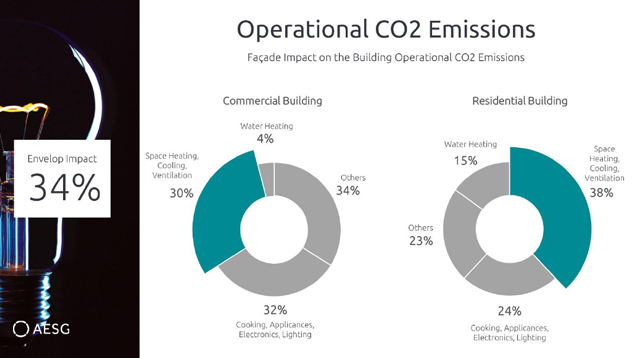 |
|
|
The facade of a building significantly influences its energy consumption and the comfort and welfare of its occupants. It is worth drawing attention to the fact that approximately two-thirds of a building’s energy expenditure is allocated towards functions such as heating, cooling and lighting. Through the implementation of intelligent facade designs that consider environmental factors, we can substantially reduce this energy consumption and lessen dependence on artificial lighting and heating or cooling systems.
But sustainability goes beyond simply reducing a building’s energy consumption; it also encompasses the materials used in the facade’s construction. A sustainable facade isn’t a one-size-fits-all solution. It’s about striking the right balance between operational carbon and embodied carbon emissions to ensure that the optimal solution minimises overall carbon emissions.
For example, using advanced materials such as triple-glazed units may appear to be the optimal solution for reducing the building’s carbon footprint since it is indeed a favourable choice when aiming to optimise the building’s energy efficiency. However, factors such as project location, window-to-wall ratio, and various other considerations need to be taken into account. Despite its potential benefits, the increased embodied carbon resulting from the additional layer of glass might render the triple-glazing system suboptimal in certain scenarios.
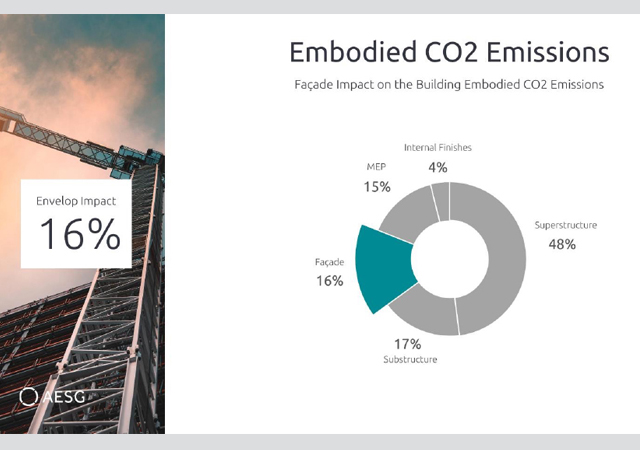 |
|
|
Moreover, a truly sustainable facade is forward-focused. As we envision the future, it is crucial to develop buildings that can adapt to evolving needs. With urban populations growing, it is imperative to design buildings with longevity in mind. Take car-park buildings, for instance. Despite ongoing construction, the future indicates a shift towards car-free cities, making car parks obsolete. This transition may leave vacant concrete structures needing demolition, a scenario that can be mitigated by designing these structures with repurposing potential in mind. This approach will ensure our buildings have a lasting and meaningful impact, thereby significantly reducing carbon emissions.
Facades require careful consideration, especially given their shorter lifespan compared to other elements of buildings. While the structure has a 100-year life span, facades typically last around 50 years, with elements like glass having a lifespan of about 25 years. Therefore, it is wise to design facades that can be easily retrofitted every few decades. This ensures that buildings can remain relevant and adaptable to changing times.
In conclusion, while there isn’t a one-size-fits-all solution for sustainable facades, our goal is to design facades that prioritise future retrofitting and consider both operational and embodied carbon in parallel to get the optimal solution.
* Marina Kindelan, Director – Façades, AESG, spoke on “Designing Truly Sustainable Façades: Navigating Near Zero, Net Zero Energy, and Net Zero Carbon” at the ZAK World of Facades conference in Dubai last month. AESG is a leading specialist consultancy, engineering and advisory firm headquartered in London, Singapore, Riyadh, Dubai and Abu Dhabi, working on projects throughout Europe, the Middle East and Asia.


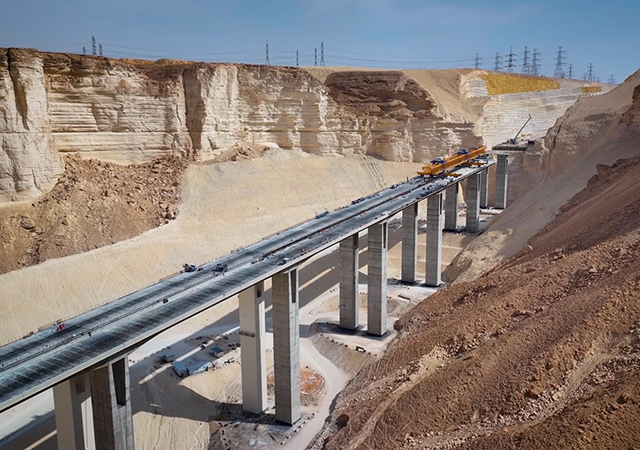
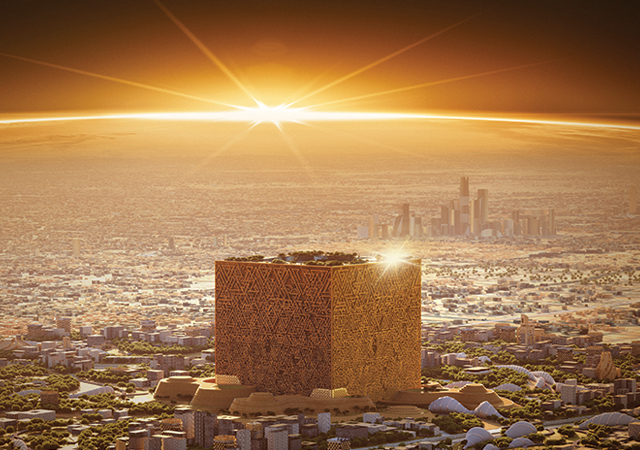
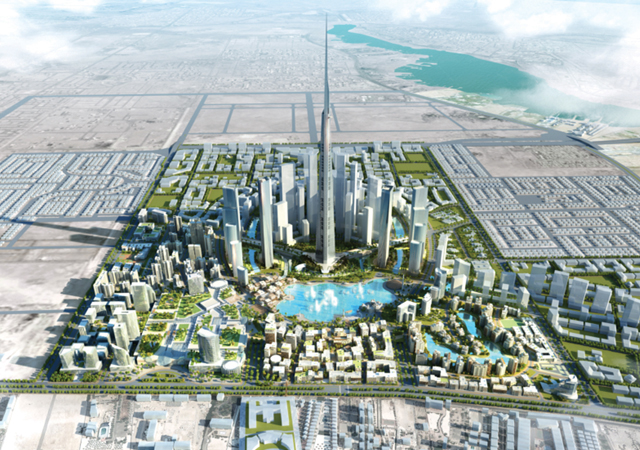
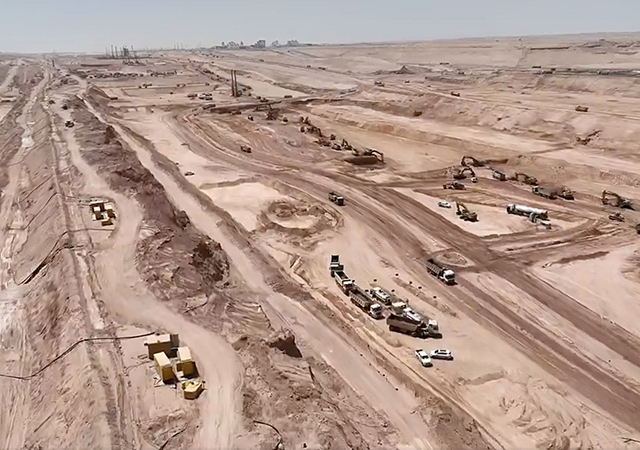
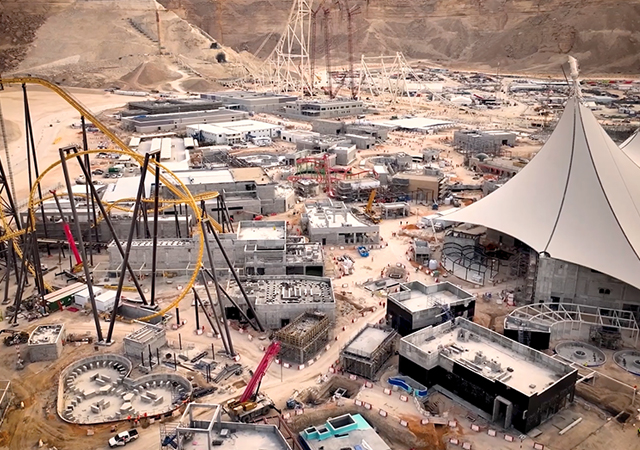
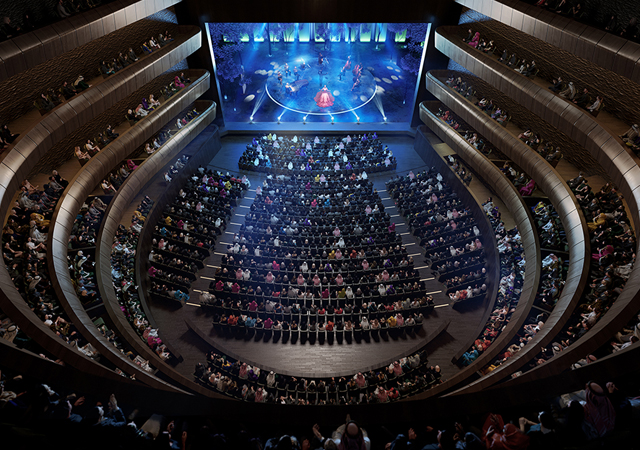
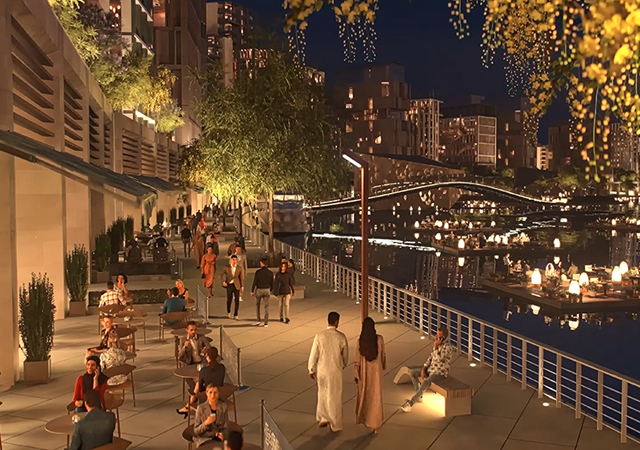
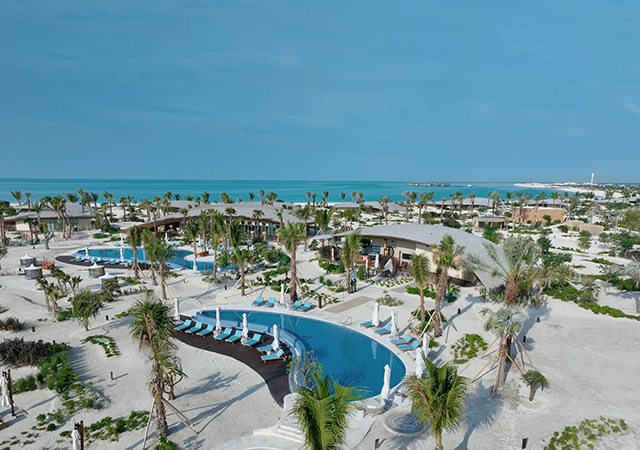
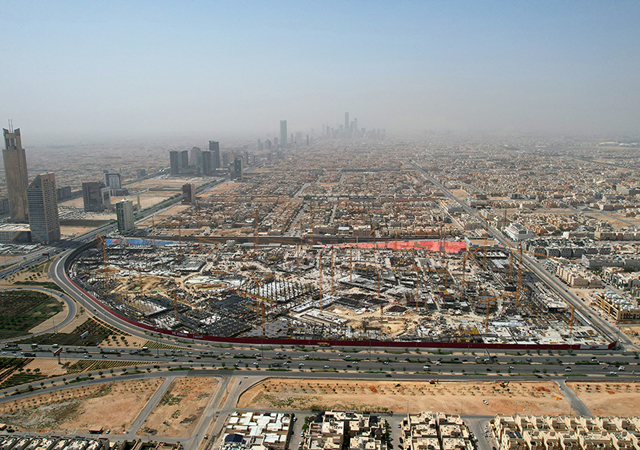






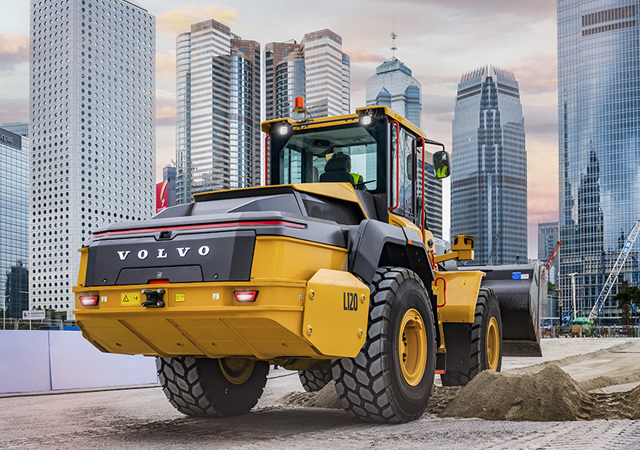
.jpg)
